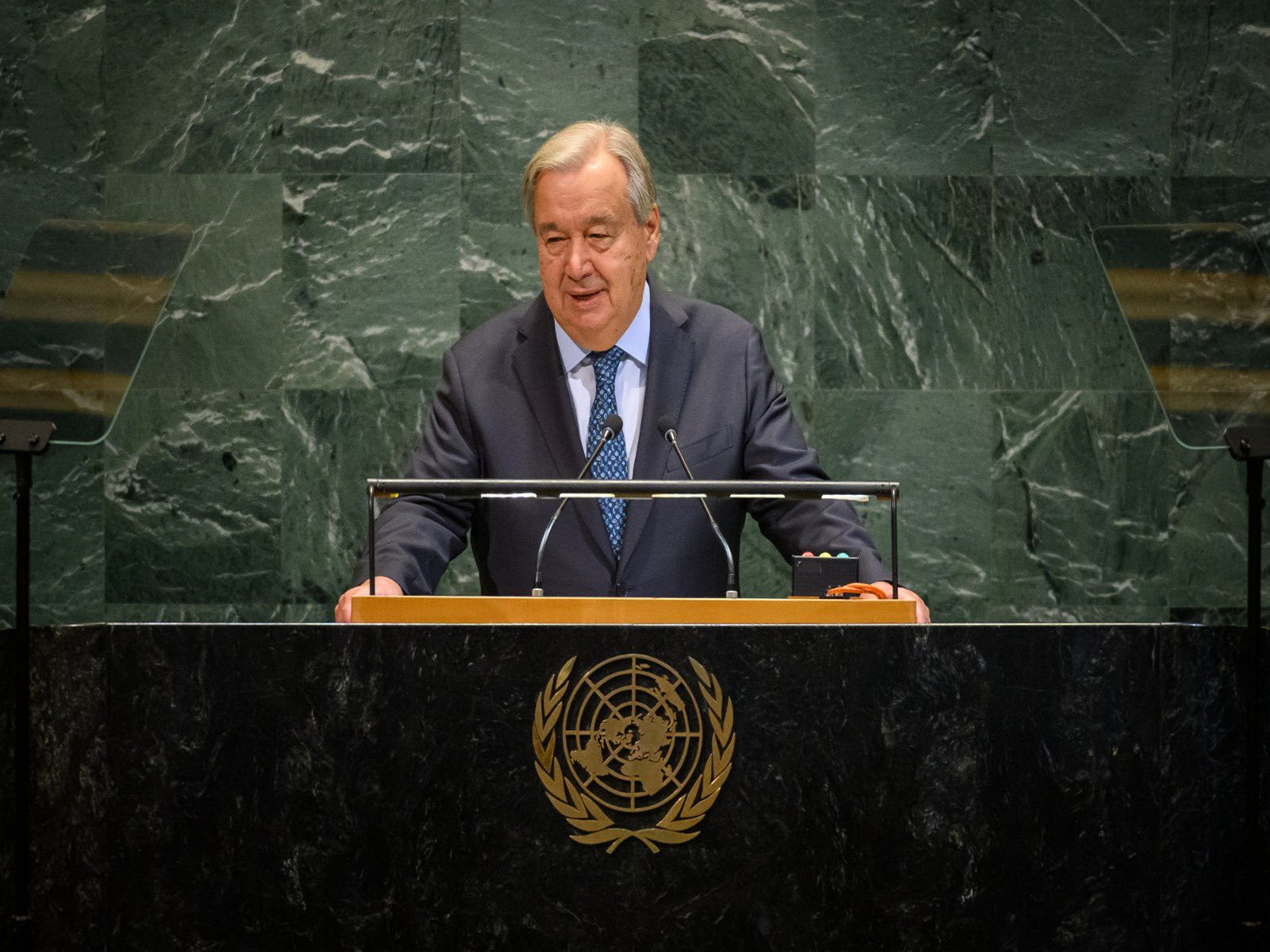Resilience in Asia-Pacific to prevent a global recession: S&P Global Market Intelligence
Jan 08, 2023

New Delhi [India], January 8 : The overall economic resilience in the Asia Pacific region is expected to prevent a global recession even though mild recessions are forecast in the US and Europe, said S&P Global Market Intelligence.
"Global real GDP growth is projected to slow from near 3 per cent in 2022 to half that pace in 2023," said global financial information and analytics services provider firm in its annual 'Top 10 Economic Predictions'.
Moderate expansions in the Asia Pacific, the Middle East, and Africa will keep the global economy moving forward through 2023, it noted.
Global monetary policy tightening by central banks to subdue inflation will dominate the economic landscape in 2023.
Besides, weakening housing markets in face of rising interest rates, US Dollar retreating from its peak, resilience in Emerging and developing economies (EMDEs), choppy economic recovery in China after easing of containment policies, some ease in supply chain disruptions globally, and the overall labor shortages are among the other key themes for 2023.
"The degree of persistence of high inflation and the vigor of central bank efforts to subdue it will determine the extent of slowdowns in the advanced economies and potential spillovers to emerging and developing economies," said Sara Johnson, executive director at S&P Global Market Intelligence.
"A revival of growth in economies that were late to come out of COVID-19-related lockdowns may provide an offset to lackluster economic performance elsewhere. While a global recession can be averted, Europe and North America are projected to experience mild contractions in real GDP," Johnson added.
About global inflation in 2023, it said it will moderate in response to tightening financial conditions, softening demand, and easing supply chain conditions -- after reaching multidecade highs last year.
In addition, it noted inflation will slow significantly in 2023, but achieving central bank targets will be a "multiyear process".
Regarding global monetary policy tightening, it will continue till the spring of 2023, with variations in various regions.
"In the US, the federal funds rate is expected to peak near 5 per cent in spring 2023...We do not expect the Fed to reverse course until it is confident that inflation will decline toward its 2 per cent objective, implying rate cuts only from 2024," it said.
In November, consumer inflation in the US was at 7.1 per cent.
The US Federal Reserve recently raised interest rates by 50 basis points (bps). The central bank's policy rate is now at a target of 4.25-4.50 per cent, the highest level in 15 years, and notably it was near zero in the early part of 2022.
Prior to the recent 50 basis points hike, there has been a fourth consecutive hike of 75 basis points magnitude. Raising interest rates is a monetary policy instrument that typically helps suppress demand in the economy, thereby helping the inflation rate decline.
Moreover, on the labor front, it said employers are expected to go for hiring freezes instead of mass layoffs in 2023.
"Globally, hiring freezes will be more common than mass layoffs in 2023 as employers seek to retain talent. Job losses will be concentrated in sectors that are sensitive to credit conditions, such as real estate and finance," it noted.



















